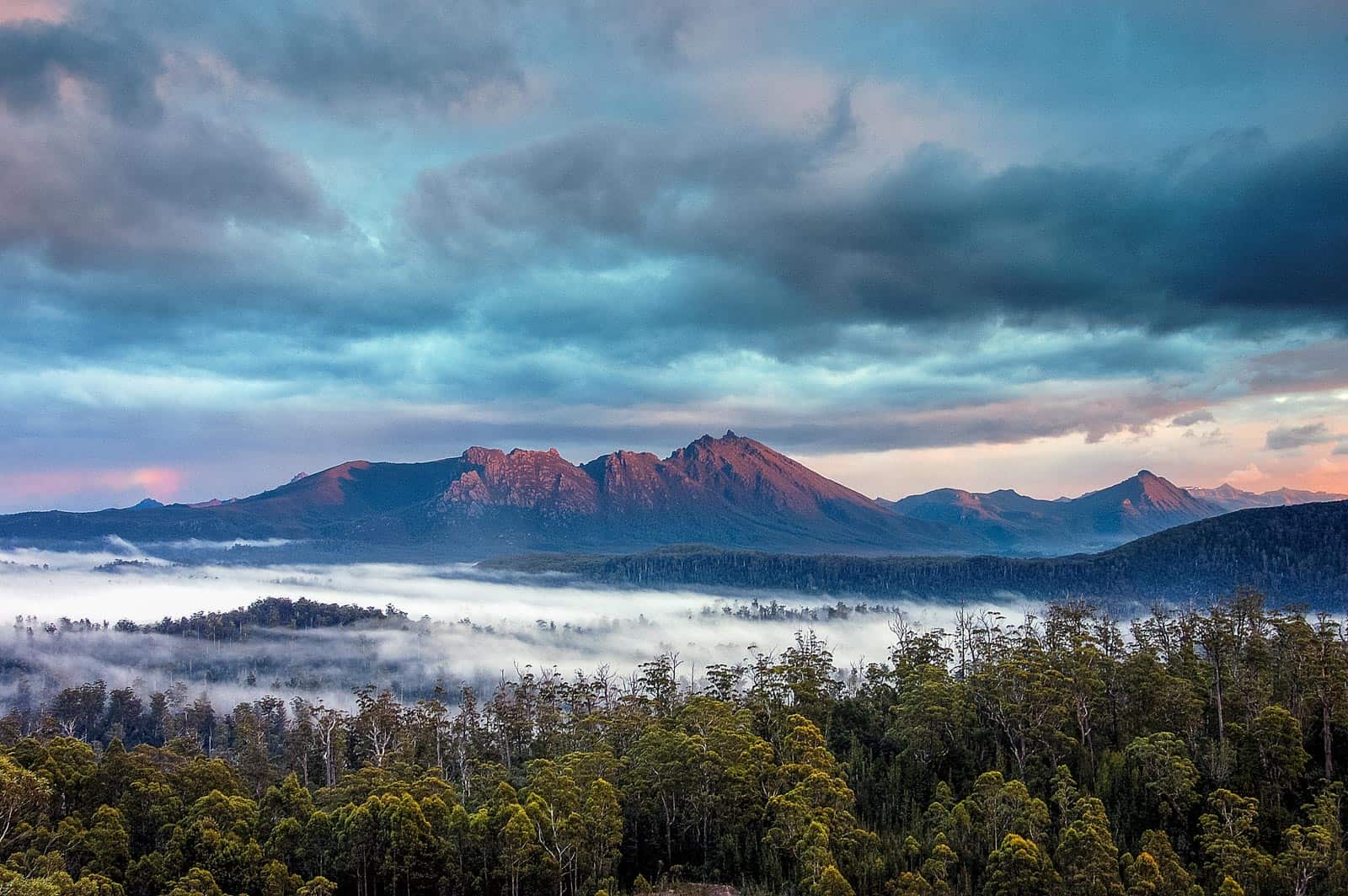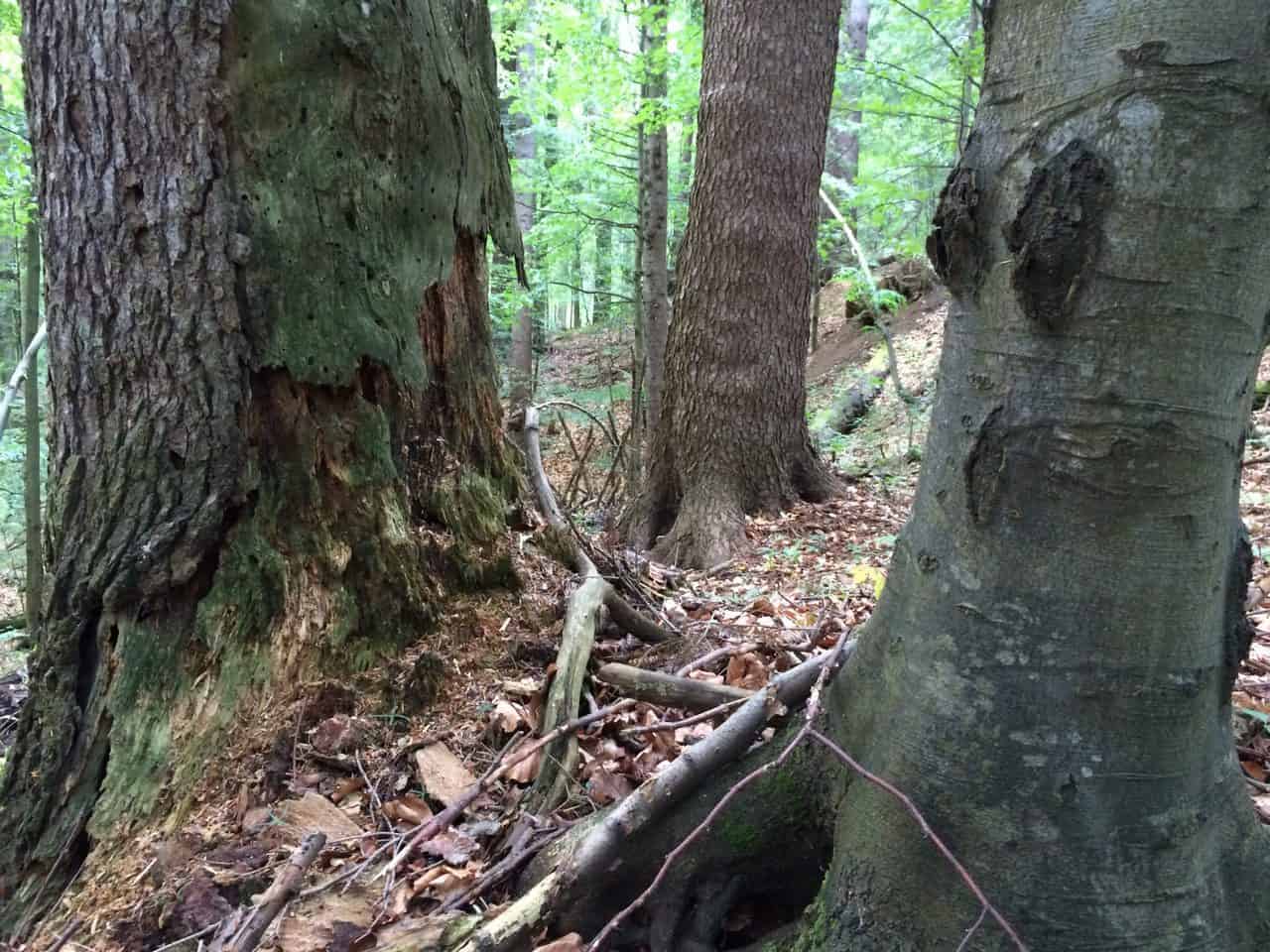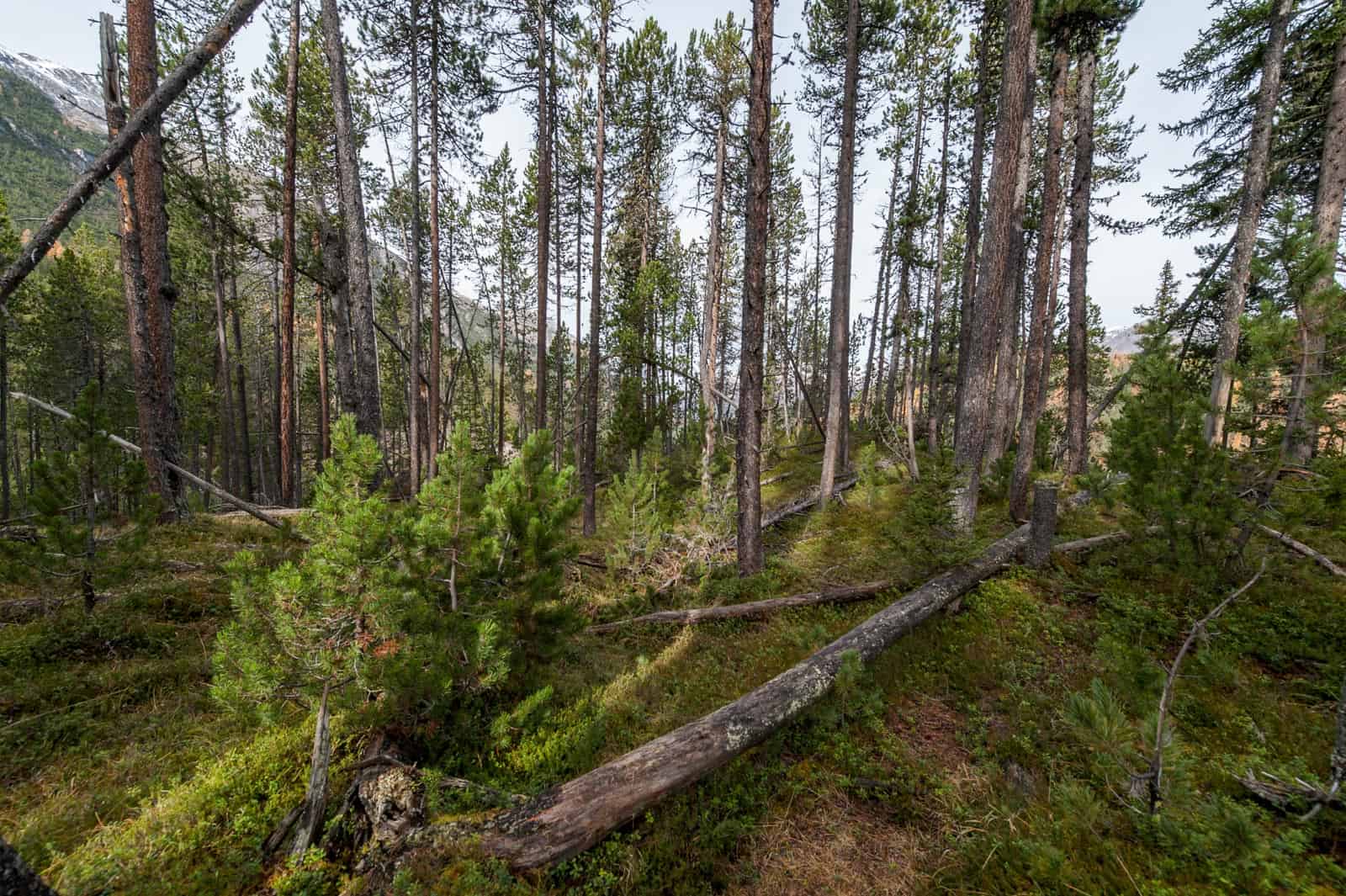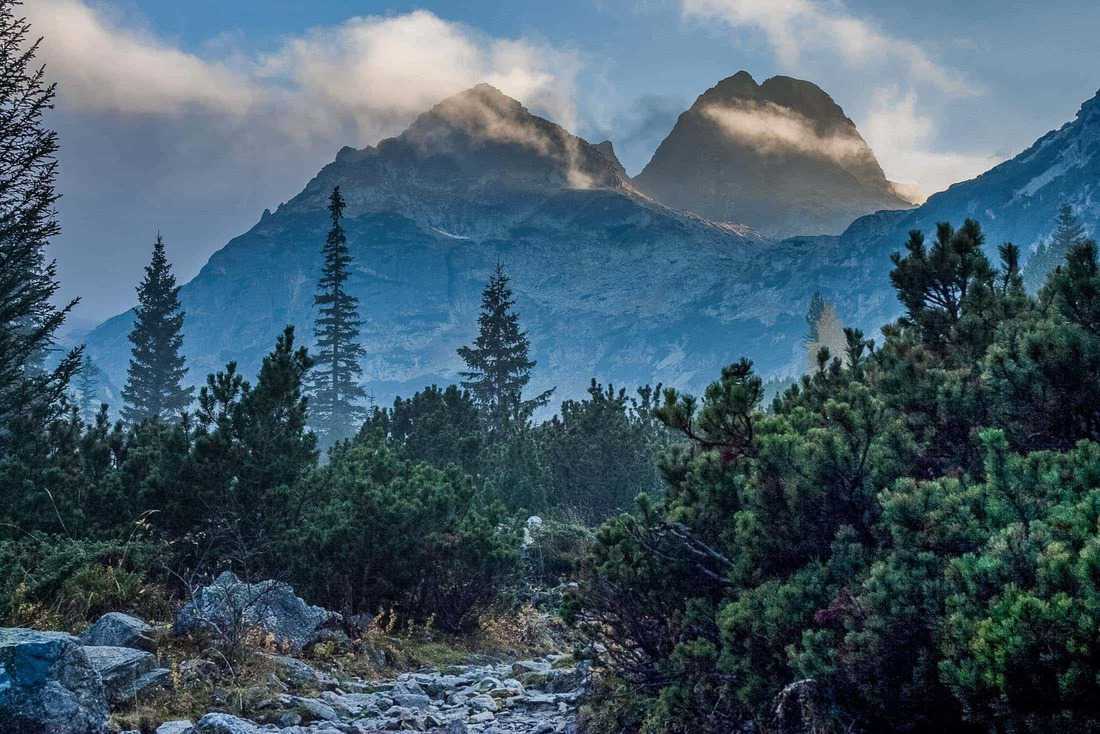How much Wilderness is left in Europe?
How much Wilderness is left in Europe?, is the title of the Master Thesis of Verena Gruber our external partner and the great fan of Wilderness. She focused in her work on the comparative analysis of selected Wilderness in Central Europe: potential Wilderness Königsbrücker Heide, Germany, Kalkalpen Wilderness and Wilderness Dürrenstein and Hohe Tauern Wilderness, Austria.
Please also read: Water empowers Wilderness
Verena Gruber is very talented and Wilderness committed lady supported us in the past during audit of Hohe Tauern Wilderness. Since then she did not give up on her passion for Wilderness and she selected Wilderness also as a main theme of her Master Thesis. Currently she successfully graduated her study and here is a short summary of her work:
The present thesis analyses various definitions of Wilderness, as well as their applicability in Europe. The organisations behind these definitions work with different backgrounds and strategies, leading to a variety of interpretations what Wilderness actually is, not just in theory but especially in the field.
The definitions in use in Europe categorise Wilderness in two stages according to various factors, such as the extent of past and present human activities, time or size. The analysis of four selected Wilderness areas in Central Europe, based on a self-developed categorisation framework, tries to find out if such a theoretical categorisation of Wilderness and its dynamics can be applied in practise.
The four presented areas mainly differ in their history of usages and the consequences for nature arising from them. Despite of, for example, clear cuts for the iron production hundreds of years ago or decades of usage as a military training ground until the fall of the Iron Curtain, today all areas show characteristics of Wilderness. This underlines the power of nature if it is granted enough time and space as well as no intervention in its processes. The arising challenges and conflicts coming along with Wilderness protection, or rather non-intervention management, which is essential for it, will be addressed as well. Focus will be put on densely populated and economically heavily used regions such as Austria and Germany. A critical discussion of the most important aspects of Wilderness protection in Europe will form the end of this thesis
Full text of these Theses can be read here Masterarbeit_Verena Gruber








